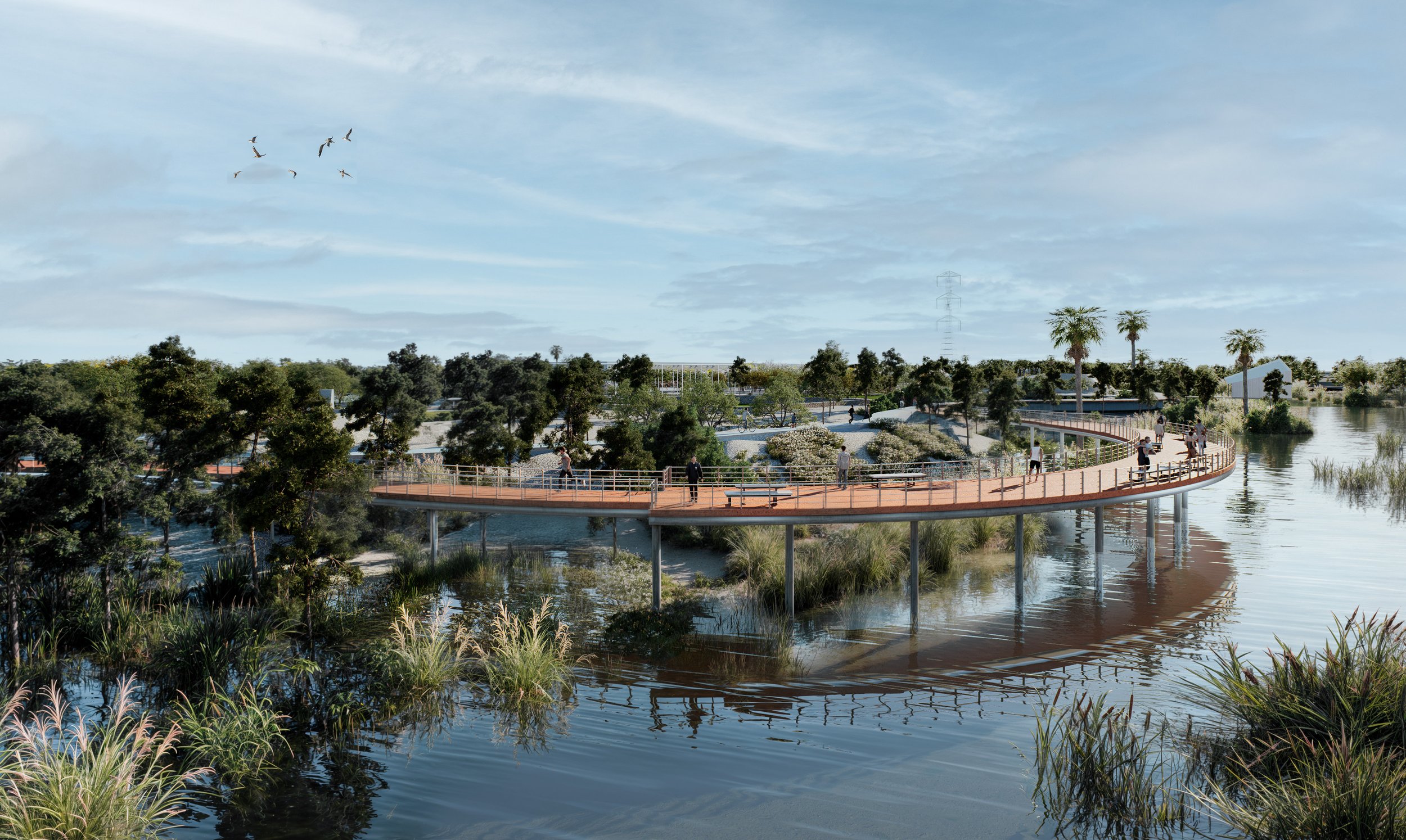Mario Schjetnan, FASLA
Managing Director, Grupo de Diseño Urbano
2025 Oberlander Prize Laureate
-
Mario Schjetnan has an architecture degree from the National University of Mexico (UNAM). He obtained a master’s degree in Landscape Architecture and Urban Design from the UC Berkeley. Later he was awarded the Loeb Fellowship from Harvard University GSD to pursue advanced environmental studies.
Through his work, developed for more than 45 years, according to John Beardsley, “Mario is one of the contemporary world’s most versatile and accomplished landscape architects, a cosmopolitan designer who is emphatically Mexican.” His creations seek dialogue between tradition, modern culture, and nature with an emphasis in social justice and urban equity. His projects have received multiple national and international awards.
His personal recognitions include the Sir Geoffrey Jellicoe Award 2015 by the International Federation of Landscape Architects (IFLA), given for “his lifetime achievements and unique contributions, which have had a lasting effect on the improvement of life in society and the environment, as well as for his promotion and support of the profession of landscape architecture to an international level,” and the Elise and Walter A. Haas International Medal Award in 2019 from the UC Berkeley, which honors an alumni who is a foreign student who has a distinguished record of service to his country. In 2021 he received the Medal of Merit in Arts from the Mexico City Congress.
He has given design studios at Harvard’s GSD; UC Berkeley; University of Texas, Austin; the University of Virginia; and the University of Arizona.
-
Valuable Case Studies in Water Management: Flood Control, Infiltration and Water Quality:
1. Mexicali Fluye, Mexicali / Calexico
2. Mexico City, Tecnoparque
The presentation highlights two important projects completed by our office, GDU/Mario Schjetnan. The first case study is the “Mexicali Fluye” Master Plan. Sponsored by the Tucson-based nonprofit Sonoran Institute with funding from the State of California. This project focuses on a 2.98-mile stretch of the Northern Collector Drain (DCN), a river south of Mexicali, Baja California, created largely by irrigation-canal water. The DCN flows northward, joining the Rio Nuevo before crossing into Calexico, California, creating a unique binational ecosystem and social corridor, presently with low water quality.
The “Mexicali Fluye” project aims to enhance water quality using natural, sustainable treatment methods while simultaneously creating a linear park that provides accessible open areas for local communities, offering ecological restoration alongside recreational and sports facilities.
By providing public spaces, encouraging safe use, and fostering environmental recovery through passive water purification techniques, such as constructed wetlands, the project sets criteria for future integration between residents and the revitalized natural spaces of the DCN-Río Nuevo.
The interest and validity of the project lies in the similar complexities, constraints, and opportunities at the natural, geographic, social, hydraulic, and political interrelationships between México and the U.S. along our roughly 1952–mile, shared border.
The second project is the Tecnoparque development in Mexico City’s Azcapotzalco borough, a 13-hectare post-industrial site envisioned as an office hub for data and call centers. GDU/MS has served on this project since 2004, contributing master planning, water infrastructure design, landscape architecture, and the design of recreational and communal areas.
Mexico City authorities mandated that no new municipal water flow could be added beyond the pre-existing supply, and no stormwater or drainage flows could enter the overburdened municipal system.
This constraint led to a pioneering zero-discharge campus design. Our team developed a dual rainwater system: collection into cisterns and infiltration wells extending 55 meters down to geological absorption strata. Treated sewage water stored in cisterns is channeled to open-air reflecting pools, which irrigate green spaces and promote evapotranspiration, thus supporting local microclimate regulation. This system
recharges Mexico City’s depleted aquifer and conserves water through effective reuse. Building on Tecnoparque’s success, we recently founded the “Alliance for Water Abundance in Mexico City” a nonprofit partnership with Universidad Autónoma Metropolitana and private sector collaborators aimed at scaling this model to other urban districts facing similar water challenges. The objective is to restore hydraulic balance, reduce underground water overextraction, and mitigate flash flooding across Mexico City.

